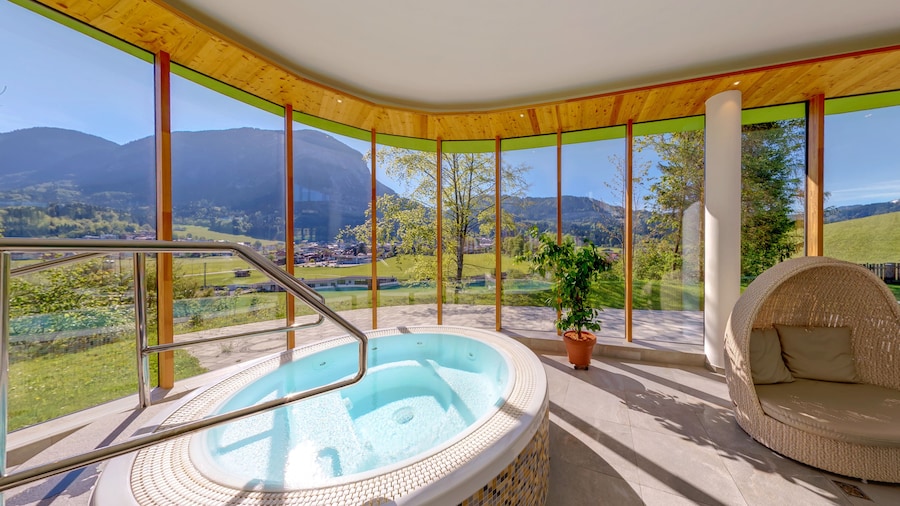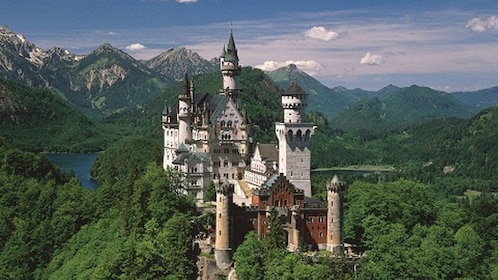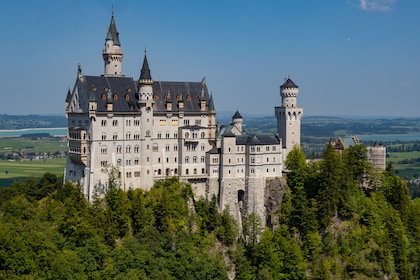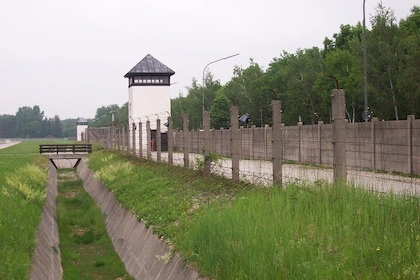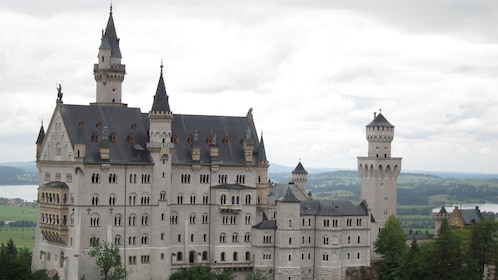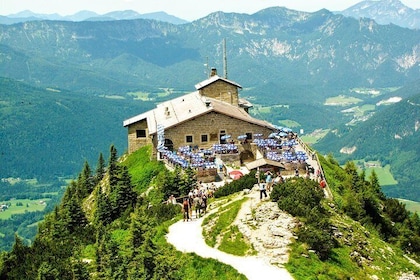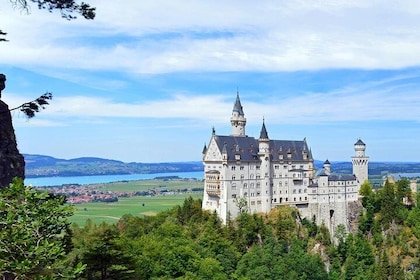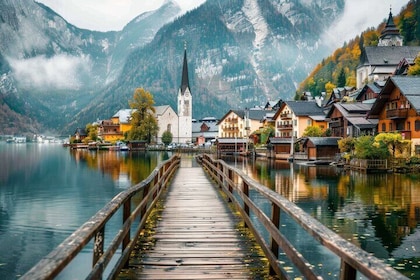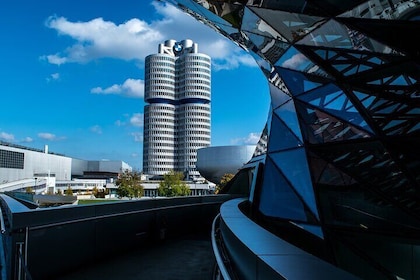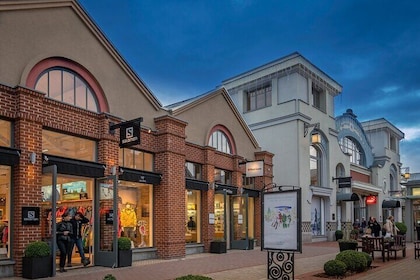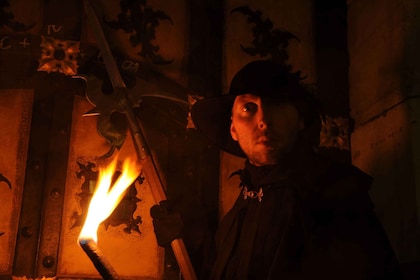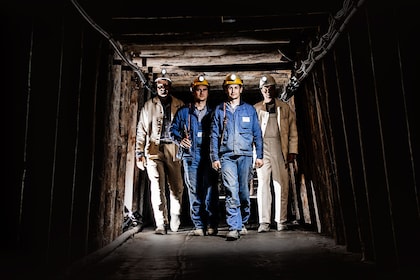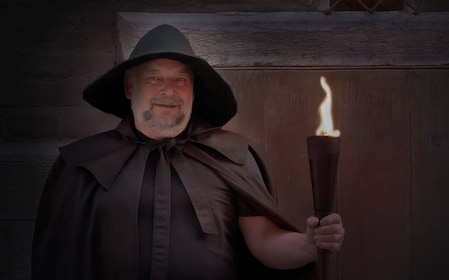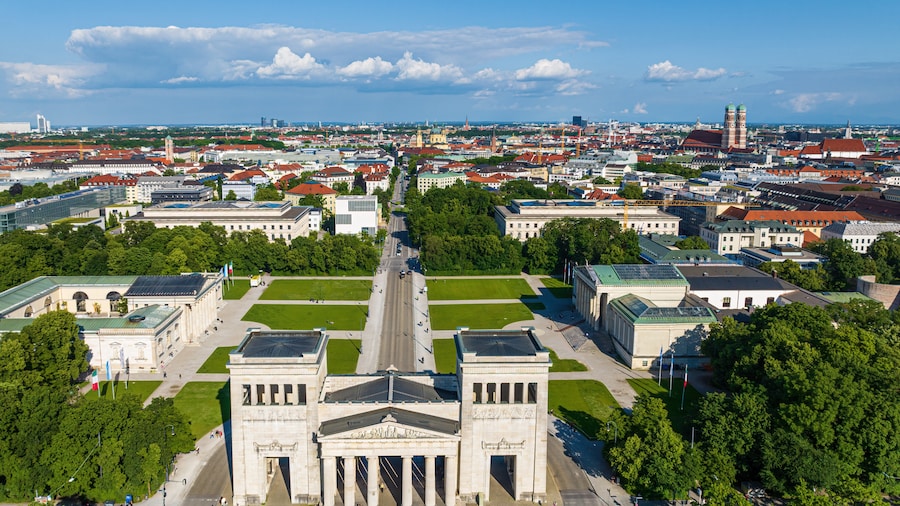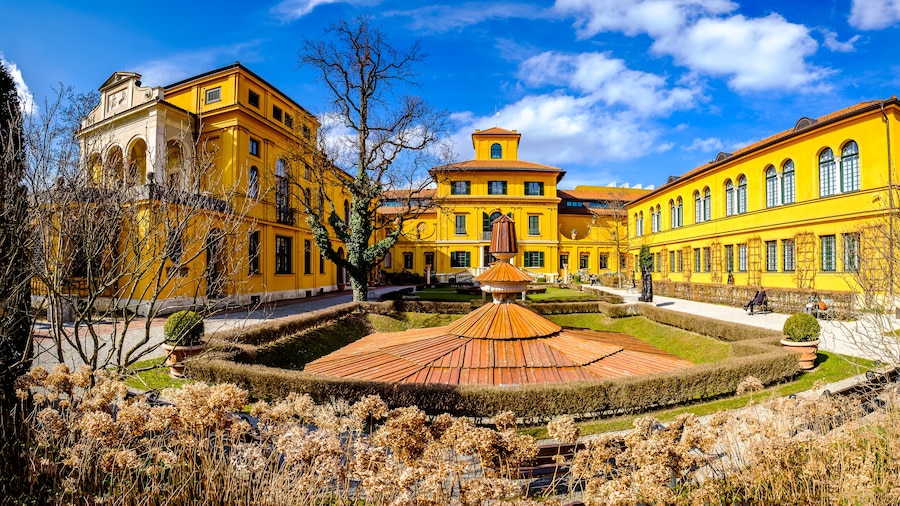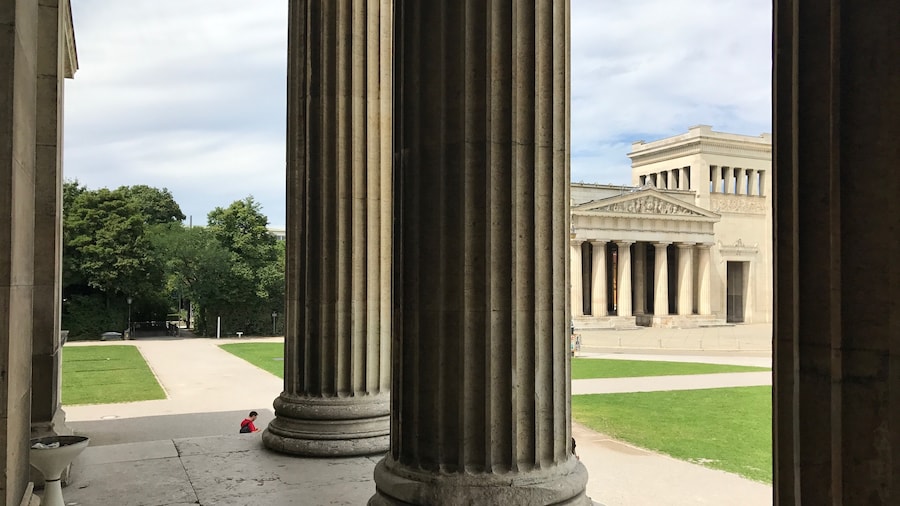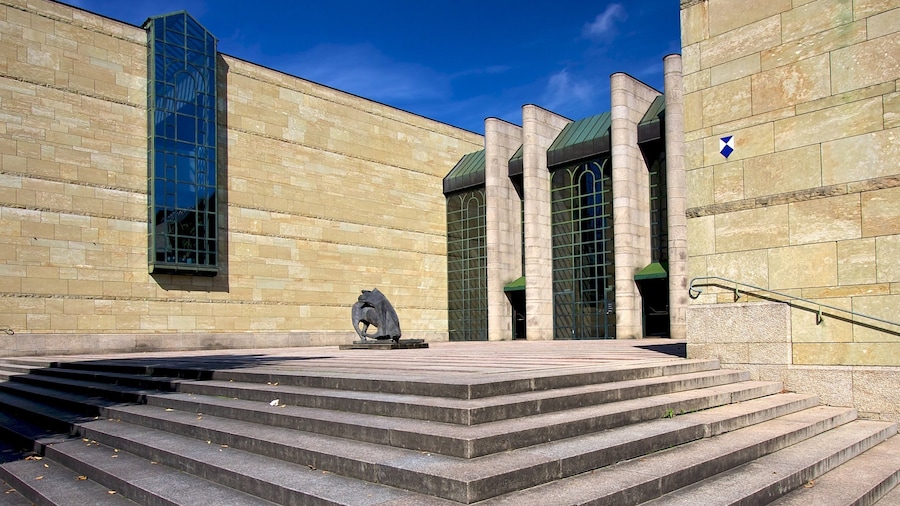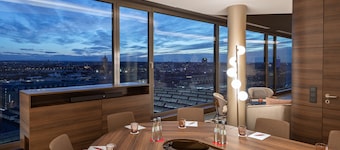Vaulted ceilings and a neoclassical front create a majestic setting for Greek and Roman statues in one of the world’s only museums dedicated to ancient sculpture.
Although closed for renovations, the Glyptothek is still worth a visit to admire the architecture of the city’s oldest museum. When it reopens, make a return visit to enjoy the tranquility amid the artworks in the spacious rooms of this museum.
Vaulted ceilings and arched corridors provide an elegant setting for the freestanding sculptures. The museum’s layout prior to renovation reflected the architecture of typical Roman bath edifices. Large arched windows, for example, allowed natural light to illuminate the millennia-old sculptures.
The Glyptothek has hosted a range of temporary exhibitions. These have touched on such themes as Greek gods, myths and the city of Rome. Study the Munich Kouros from 540 B.C., the depiction of Homer from 460 B.C. and the bust of Emperor Augustus from 40 B.C.
The museum is thought to be the only one in the world dedicated entirely to ancient sculpture. Visit the State Collections of Antiquities on the other side of the Königsplatz square. Together, these two museums contain one of the world’s most significant collections of Roman and Greek art.
Sit at a bench on the adjacent plaza and admire the thick pillars and large pediment that make up the Glyptothek’s imposing neoclassical façade. It is one of three buildings overlooking the plaza with such regal architecture. The museum’s name is a modern invention that combines older Greek words to mean Sculpture Repository.
Find the Glyptothek in the northwestern corner of Munich’s historic center. Take the U-Bahn to the Königsplatz stop or travel by tram to the Karolinenplatz station.
While here, stop in at one of the other nearby attractions, such as the Alte Pinakothek, the Museum Brandhorst and the Alter Botanischer Garten.



